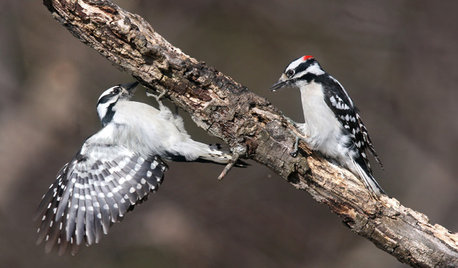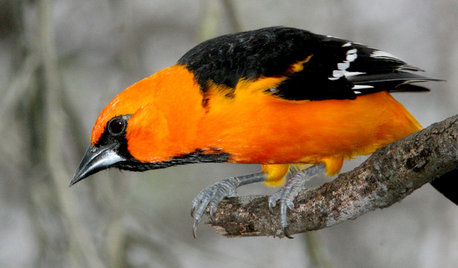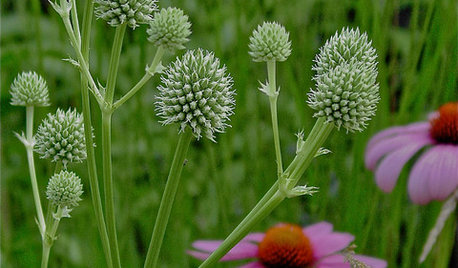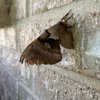Identify this Hummer?
ladyamity
17 years ago
Related Stories

GARDENING FOR BIRDSBackyard Birds: How to Identify Two Common Woodpeckers
Downy and hairy woodpeckers have similar coloration and behavior. But there are two big differences that separate them
Full Story
GARDENING GUIDESBackyard Birds: Orioles Return After Spending Winter in the Tropics
These colorful songbirds prefer woodlands and forest edges, but they’ll visit yards with fruit-producing trees and shrubs
Full Story
GARDENING GUIDESAttract Hummingbirds and Bees With These Beautiful Summer Flowers
Roll out a welcome mat for pollinators to keep your landscape in balance and thriving
Full Story
GARDENING FOR BIRDSWild Birds Transform a Woman’s Garden and Life
How Sharon Sorenson created a wildlife haven and became the Bird Lady of Southern Indiana
Full Story
GARDENING FOR BIRDSWhat to Know About Birds Nesting in Your Yard
Learn how to observe, record data and help ornithologists with NestWatch’s citizen science project understand bird trends
Full Story
GARDENING GUIDES6 Plants That Beat Butterfly Bush for the Wildlife Draw
It's invasive, a nonnative and a poor insect magnet. Check out these better alternatives to butterfly bush in the garden
Full Story
GARDENING GUIDESGreat Native Plant: Rattlesnake Master for Unique Interest
Serpents actually don’t give a hoot about this prairie wildflower, but insects do — and the foliage is a big draw too
Full Story
GARDENING GUIDESGarden-Friendly Native Alternatives to Overplanted Exotics
There are lots of gorgeous, wildlife-friendly native plants ready to make an appearance in your garden
Full StorySponsored
Central Ohio's Trusted Home Remodeler Specializing in Kitchens & Baths
More Discussions







myoneandonly
penny1947
Related Professionals
Havre de Grace Landscape Architects & Landscape Designers · Maple Valley Landscape Contractors · Eureka Landscape Contractors · Hoffman Estates Landscape Contractors · Mastic Beach Landscape Contractors · Parkland Landscape Contractors · Pleasanton Landscape Contractors · St. Louis Landscape Contractors · University City Landscape Contractors · Winchester Landscape Contractors · East Norriton Landscape Contractors · Fort Collins Decks, Patios & Outdoor Enclosures · Fullerton Decks, Patios & Outdoor Enclosures · Huber Heights Decks, Patios & Outdoor Enclosures · Lebanon Decks, Patios & Outdoor Enclosuresamy_z8_or
kristin_williams
ladyamityOriginal Author
ladyamityOriginal Author
kristin_williams
hummersteve
ladyamityOriginal Author
myoneandonly
down2earth